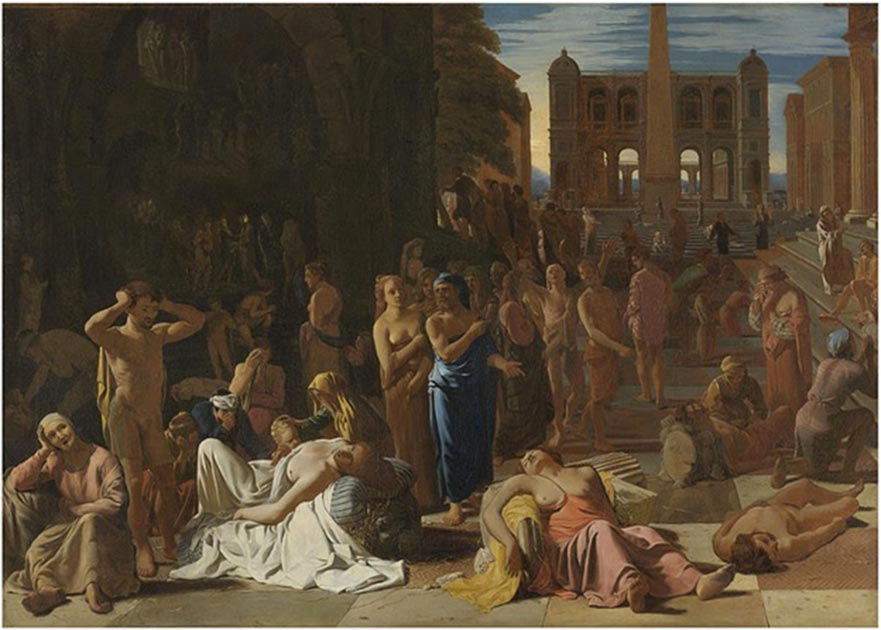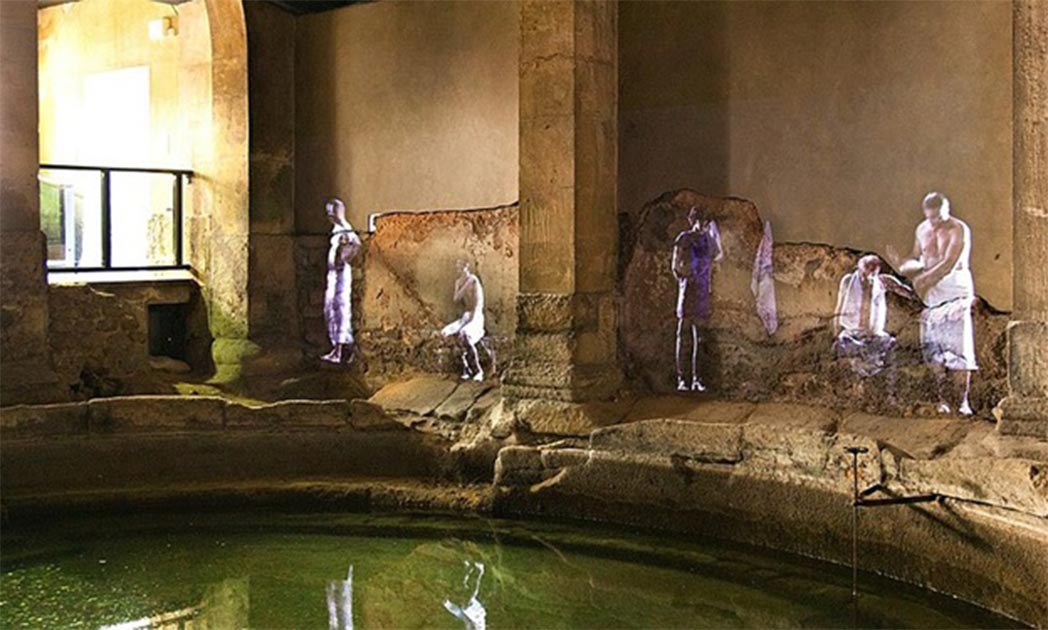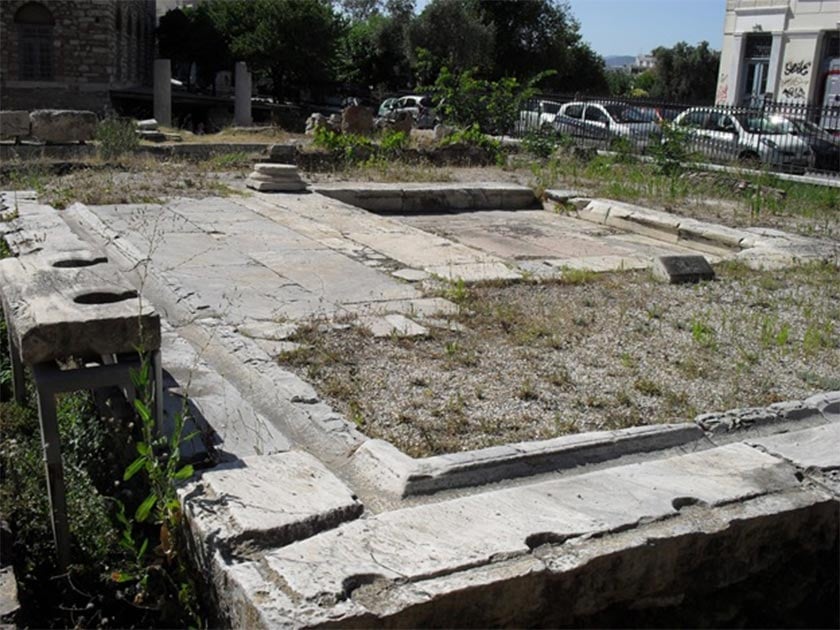
Diseases and Pandemics in Ancient Rome
During antiquity, Rome was an international metropolis, a melting pot bustling with people from all four corners of the empire. The city had impressive marble structures towering over overcrowded buildings called insulae, and different dialects rang out in the streets, packed with people from various backgrounds. The Romans grasped the connection between hygiene and health (the word ‘hygiene’ comes from Greek hygeia which means health) and built a large number of public baths throughout the city in order to keep the population clean. Nevertheless, diseases were quite prevalent in ancient Rome and many people suffered from various illnesses across the empire. Rome was struck with a number of pandemics which lasted for years and killed millions.

Plague in an Ancient City by Michiel Sweerts (1652) (Public Domain)
Hygiene In Ancient Rome
Hygiene and health go hand in hand, and the Romans understood the importance of keeping the population clean. They maintained public bathing facilities and built magnificent aqueducts and water systems which carried water from far away springs and mountains into cities and towns. It can be said that the ancient Romans were cleaner than many Europeans living centuries later.
For example, in 18th-century Europe, there was a prevailing belief that taking baths was exposing the pores of the skin to illnesses. As a result, kings living in magnificent palaces would rarely bathe and used perfumes profusely to cover bad odors. Most Europeans and even kings had no proper access to bathrooms and would use chamber pots that were to be emptied outside on the streets. In contrast, public toilets or latrines were common in ancient Rome. Wealthy Romans even had their own private baths and they would spend much leisure time in these baths conversing with other upper-class Romans, relaxing or even conducting business.

Hologram projections at the Roman Baths, Bath, England (Britishfinance/ CC BY-SA 4.0)
It must be noted that even though many plebeians would regularly use the public baths, the standards of cleanliness were much lower than the standards that are accepted today. For example, the heated water was not disinfected with chlorine as it is today and bacteria thrived in the pools, often times causing illness. Yet this was a better trade-off than having people never bathing themselves. The complete absence of hygiene could lead to fatal diseases and generate viruses that could spread and kill large numbers of people.
Even though there were laws that required cities to remove waste from the streets, Rome was far from a clean city. For example, during heavy rain storms the sewer system could overflow with human waste. Furthermore, not everybody was using the latrines and household excrement was often thrown onto the streets, where it mixed with the dung of animals. Therefore, Rome was not a sparkly clean city and the conditions were certainly not ideal for preventing the spread of diseases.





